Adaptive Management for Klamath Lake Redband Trout
Title: Adaptive Management for Klamath Lake Redband Trout
Category: Technical Report
File: Messmer_2007_0193_Adaptive-Management-for-Klamath-Lake-Redband-Trout.pdf
Updated Date: 27.01.2017
Author(s)/Source(s): Rhine T. Messmer, Roger C. Smith
Publication Date: 2007
Focal Topic: Adaptive Management, Redband Trout
Location: Upper Klamath
Watershed Code: 18010203
The upper Klamath River basin trout fishery consistently produces redband trout Oncorhynchus mykiss that exceed 4.5 kg. It is among the finest trout fisheries in the United States. The redband trout of the upper Klamath River basin have evolved in harsh environmental conditions and may be uniquely adapted to the habitats found in Upper Klamath and Agency lakes. These redband trout also have developed behavioral and life history characteristics that enable them to inhabit the highly eutrophic waters of the Klamath Basin. The management of Klamath Lake redband trout has evolved from the early 1920s, when large numbers of hatchery trout were stocked to supplement consumptive recreational fisheries, to the 1990s, when natural production, habitat protection and enhancement, and conservative angling regulations were used to provide for trophy redband trout fisheries. This evolution in management resulted from evaluating hatchery trout stocking programs and collecting information on stock-specific disease resistance, life history, and genetics. In addition, changes were made in Oregon Department of Fish and Wildlife trout management policies that emphasized the importance of native fish. Fish managers should continue to collect new information critical for sound, biologically based management of redband trout, and to incorporate this information into management plans.
Keyword Tags:Redband trout, adaptive management
